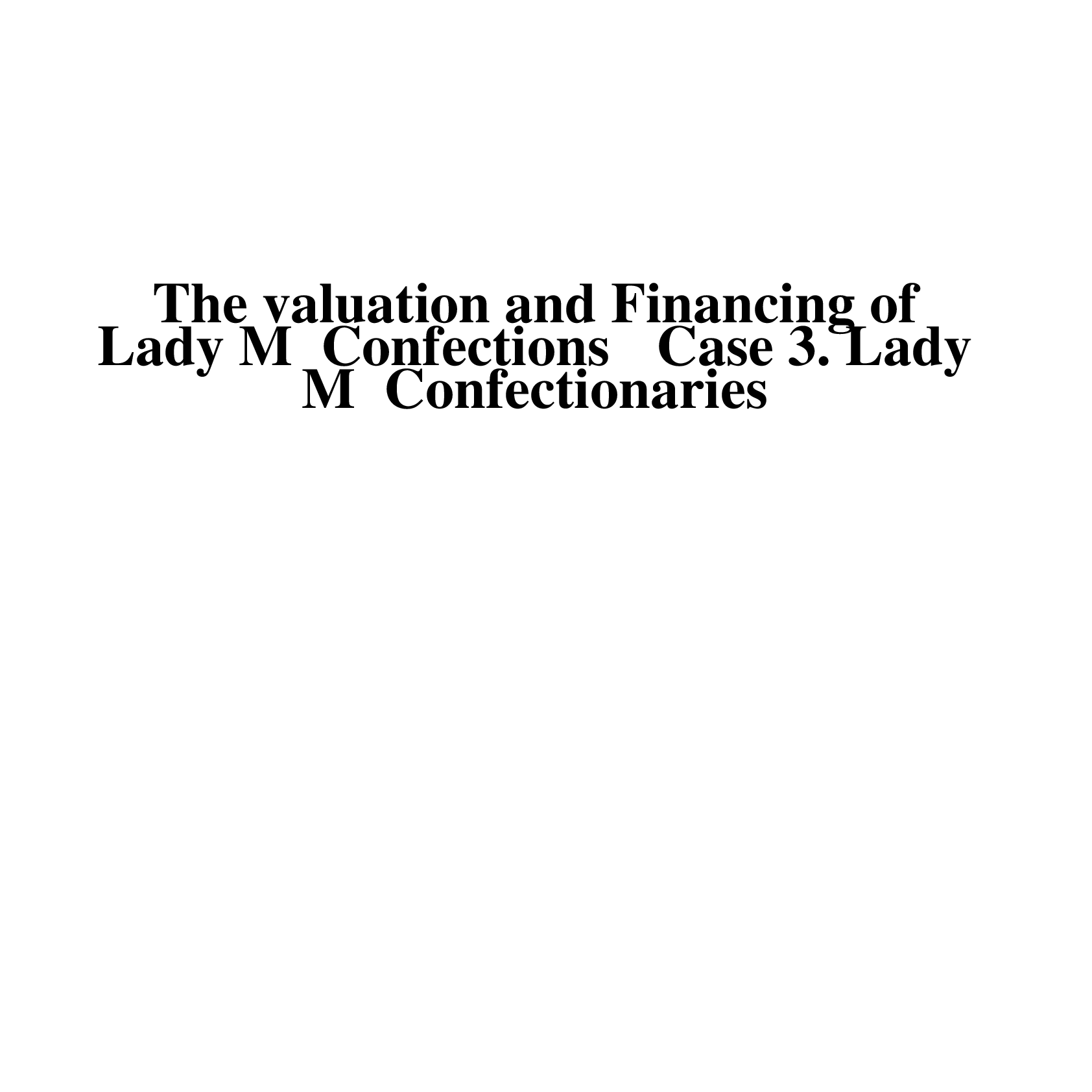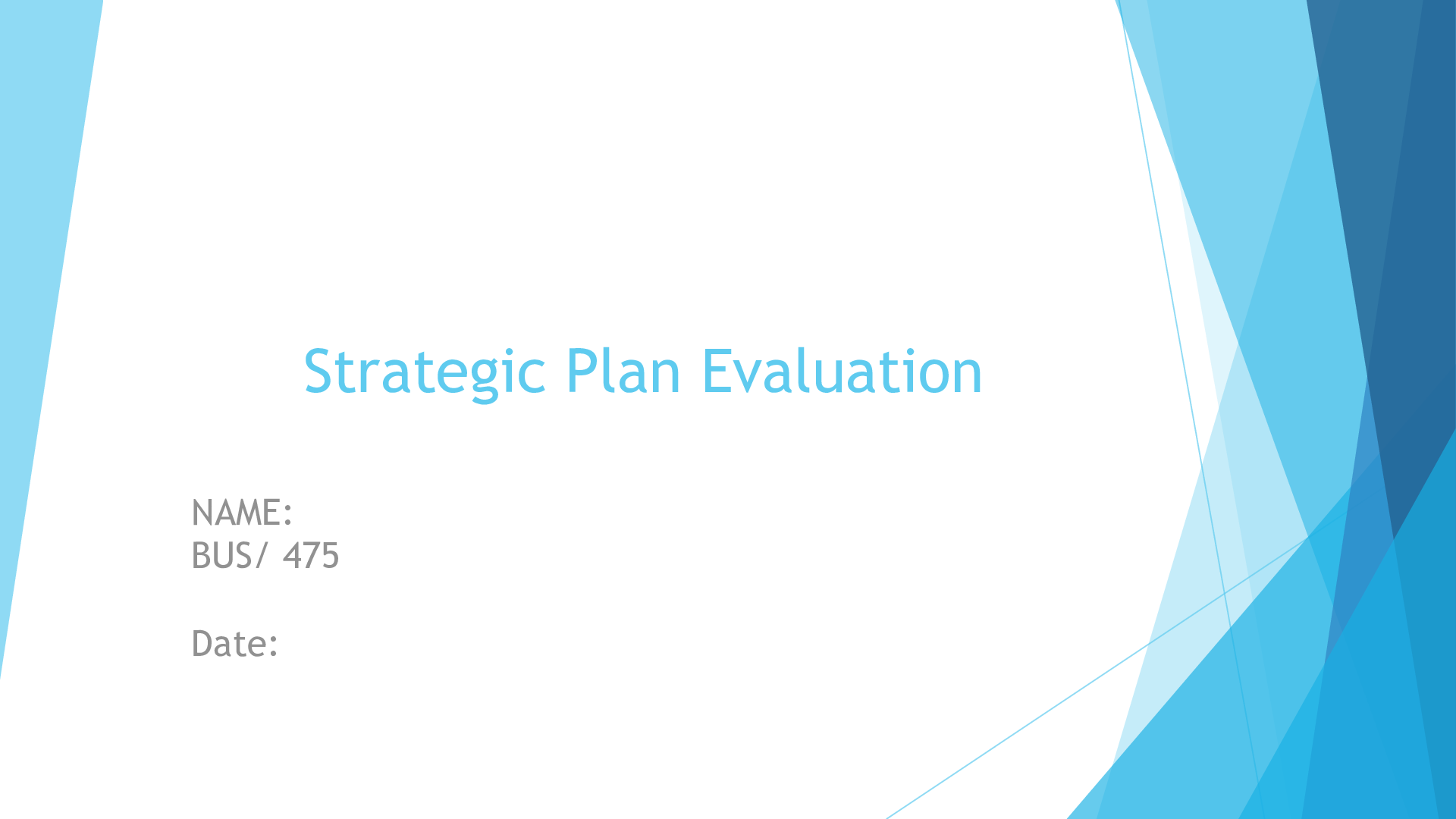Leadership & Management > Presentation > Knowledge Management process and lifecycle models. Presentation (19 slides) (All)
Knowledge Management process and lifecycle models. Presentation (19 slides)
Document Content and Description Below
Lecture 2 Professor Shaofeng Liu STO701/STO701C Knowledge Management and Decision MakingRecap from previous lecture • What is knowledge? • Why is knowledge important to us? • Why is KM no ... t easy?This session • KM definitions • KM process – main stages • KM lifecycle modelsKM definitions 1) A collaborative and integrated approach to the creation, capture, organisation, access and use of enterprise’s intellectual assets (Grey, 1996) 2) Methods, instruments and tools that in a holistic approach contribute to the promotion of core knowledge processes (Mertins, Heisig & Vorbeck, 2000) 3) A systematic approach to providing a continuous flow of knowledge to the right people at the right time enabling efficient and effective decision making in their everyday business (Payne & Britton, 2010) 4) KM is the deliberate and systematic co-ordination of an organisation’s people, technology, process and organisational structure in order to add value through reuse and innovation. This is achieved through the promotion of creating, sharing and applying knowledge as well as through the feeding of valuable lessons learned and best practices into corporate memory in order to foster continued organisational learning (Dalkir, 2017)In-class exercise Select all options that apply From the KM definitions, KM is about (by linking to the three KM perspectives from previous lecture) – Process – People – Technology – BusinessKM process - stages Knowledge building stage More Zero Knowledge holding stage Knowledge mobilisation stage Knowledge utilisation stage Practice Decisions Actions Knowledge building stage • Creation • Capture • Acquisition Knowledge holding stage • Storing • Retention • Structure • Update • Maintenance Knowledge mobilisation stage • Flow • Share • Transfer • Exchange • Diffusion • Dissemination Knowledge utilisation stage • Application • Use • Re-useKnowledge building stage Knowledge creation • Development of new knowledge within an organisation • Did not exist before Knowledge acquisition • Accepting knowledge from external environment • Knowledge as a commodity Knowledge capture • Identification and codification • Existing usually previously unnoticed internal knowledgeKnowledge holding stage HRM • Organisational memory • Knowledge base • Portals etc. Tacit knowledge retention Explicit knowledge storage Different approaches?Knowledge mobilisation stage Transmission process Media/Carrier Knowledge space • Ba Organisational culture • Trust • Incentives Knowledge owner/ Knowledge contributor • Donating • Willingness • Eagerness Knowledge seeker/ Knowledge requester • Collecting • Absorption • Reflection • LearningKnowledge utilisation stage • The stage where knowledge transforms into business assets to influence decisions, actions and practice • Context is important • Users need sufficient business context but also rules about copyright, confidentiality etc. • Knowledge reuse Question: what do you think are the benefits and pitfalls of knowledge reuse?KM lifecycle models Question: What is the main difference between a KM process and a KM lifecycle? • KM lifecycle model by Wiig (1993) • KM lifecycle model by Bukowitz & Williams (2000) • KM lifecycle model by Evans, Dalkir & Bidian (2015)KM lifecycle model by Wiig (1993) • Learn from personal experience • Formal education & training • Intelligence source • Media, books, peers • KM systems (intranet, database) • Group of people • In people • In tangible forms (such as in organisational memory) • In work context • Embedded in work processes Build knowledge Hold knowledge Pool knowledge Use knowledgeKM lifecycle model by Bukowitz & Williams (2000) Get Build/ sustain Use Learn Contribute Assess Divest Knowledge Operational/tactical cycle Strategic cycleKM lifecycle model by Evans, Dalkir & Bidian (2015) Identify Improve Store Learn Share Create Use AND/ OR Double loop learningReferences • Chapter 3 (Liu, 2020) • Wiig, K., 1993. Knowledge Management Foundations. Arlington, TX: Schema Press. • Bukowitz, W. & Williams, R., 2000. The Knowledge Management Field-book. London, Prentice Hall. • Evans, M., Dalkir, K. and Bidian, C., 2015. A holistic view of the knowledge life cycle: the knowledge management cycle (KMC) model. Leading Issues in Knowledge Management (edited by Kenneth Grant and John Dumay), vol. 2, pp. 85-97. Reading: Academic References, and Publishing International Limited.Any questions?Is it knowledge or information? A. A list of street names in Plymouth B. BBC Radio Devon live report - traffic slowdown at Charles Cross in Plymouth because of an accident C. Awareness of alternative routes to avoid traffic congestion at Charles Cross returnWhy is knowledge important to us? • Knowledge is power (individual) • Competitive advantage (KBV, organisation) • Knowledge economy returnWhy is KM not easy? return [Show More]
Last updated: 3 years ago
Preview 1 out of 19 pages

Buy this document to get the full access instantly
Instant Download Access after purchase
Buy NowInstant download
We Accept:

Reviews( 0 )
$2.00
Can't find what you want? Try our AI powered Search
Document information
Connected school, study & course
About the document
Uploaded On
Mar 31, 2020
Number of pages
19
Written in
All
Additional information
This document has been written for:
Uploaded
Mar 31, 2020
Downloads
1
Views
143




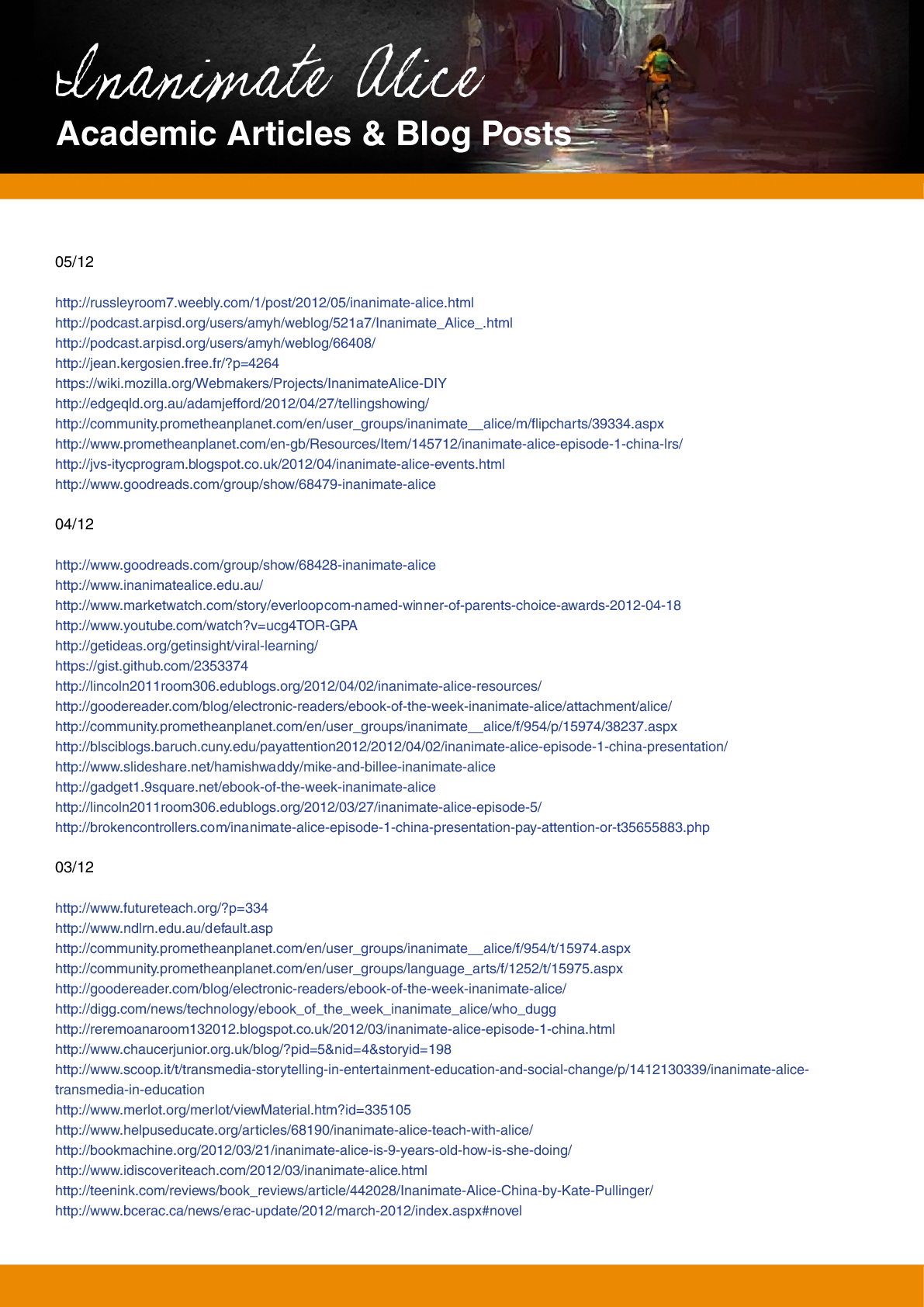
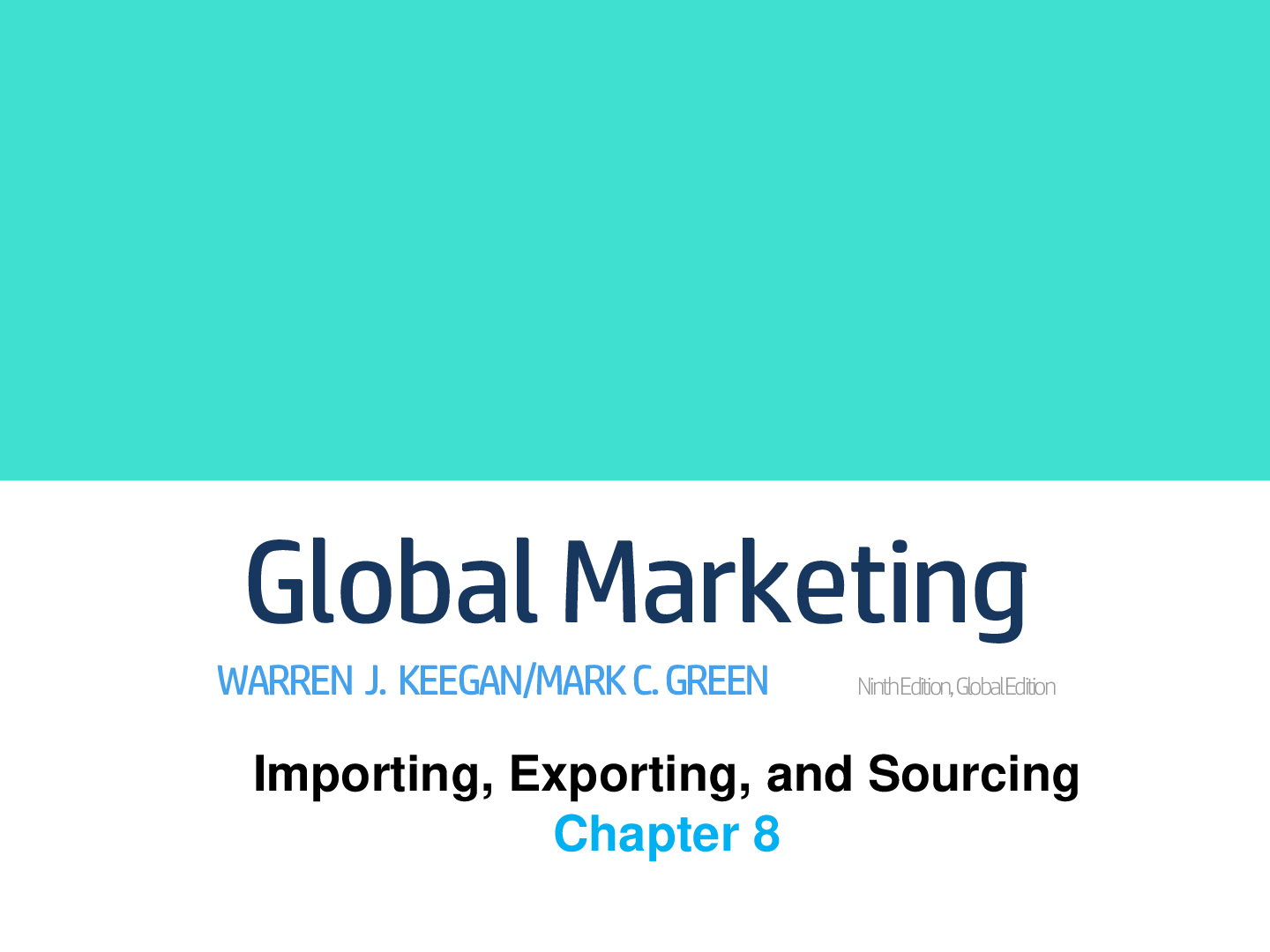




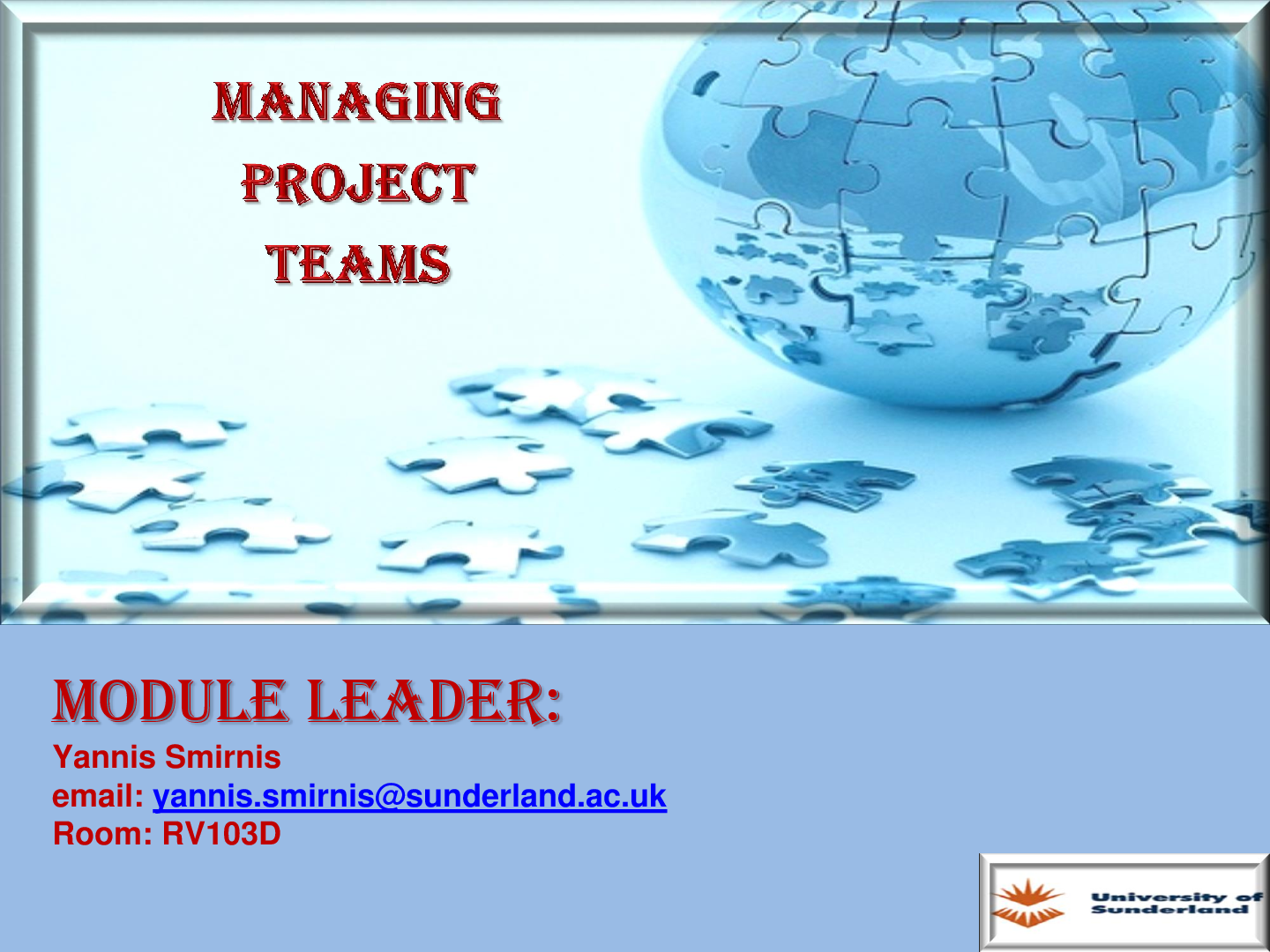

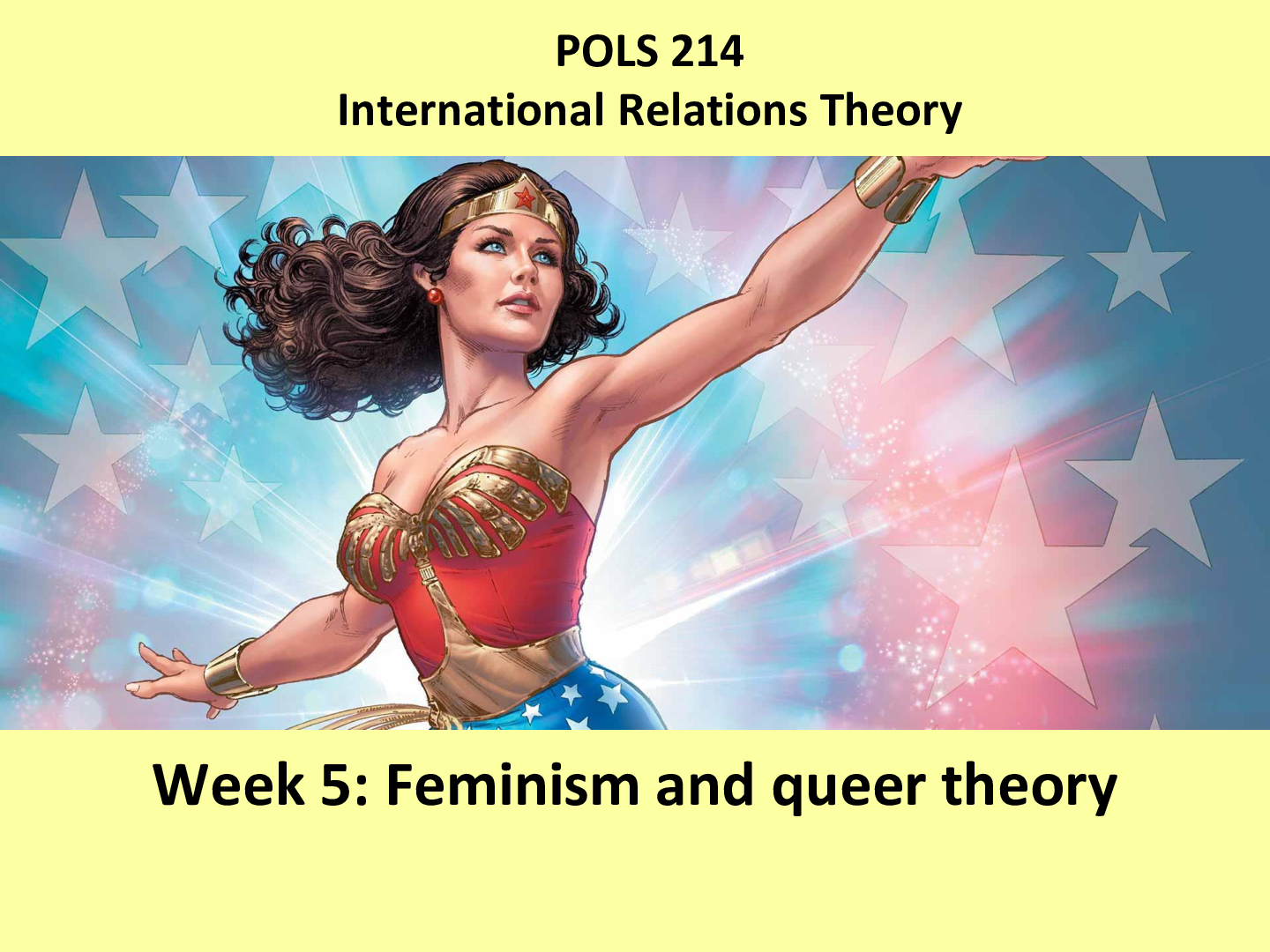
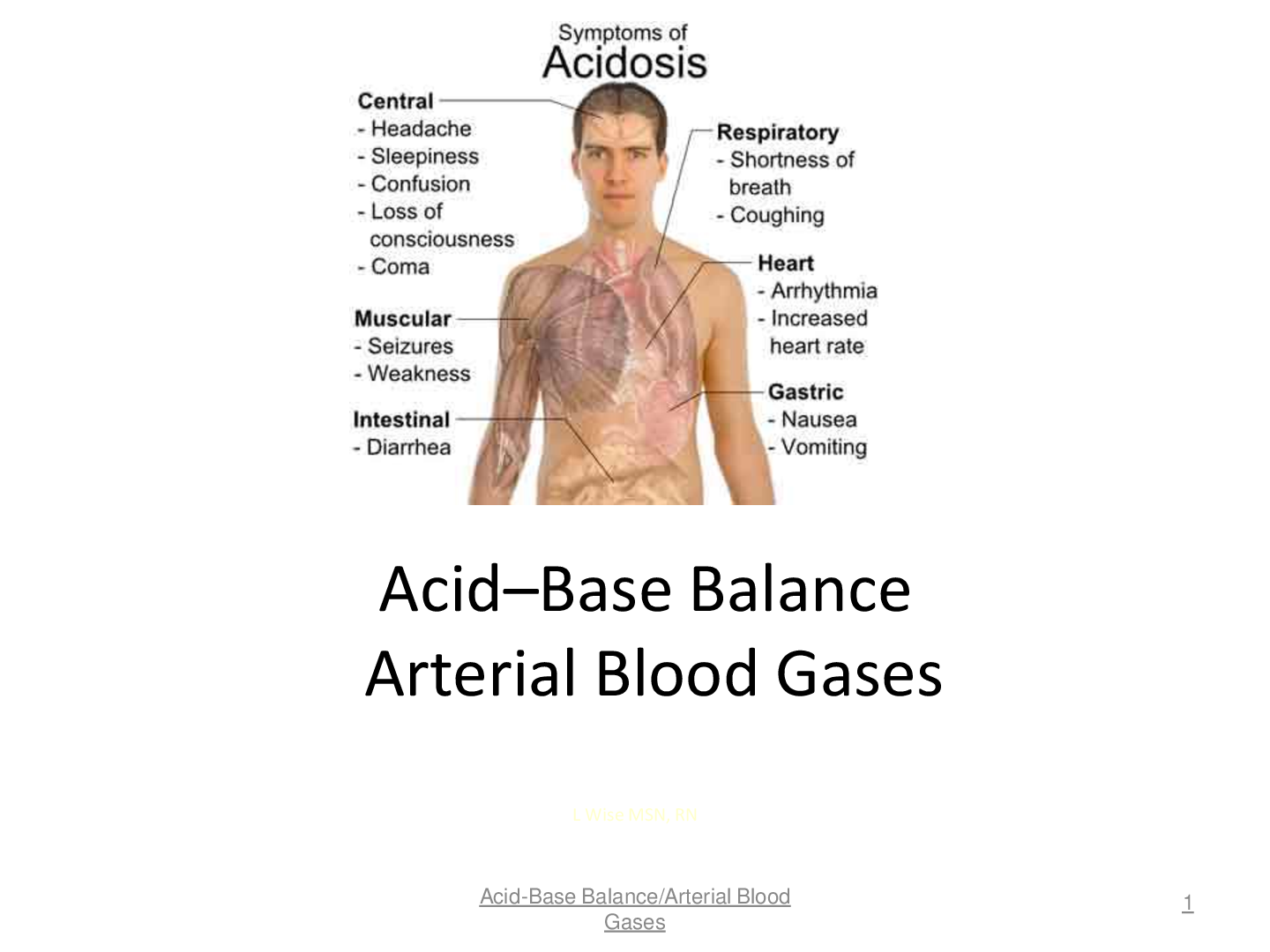
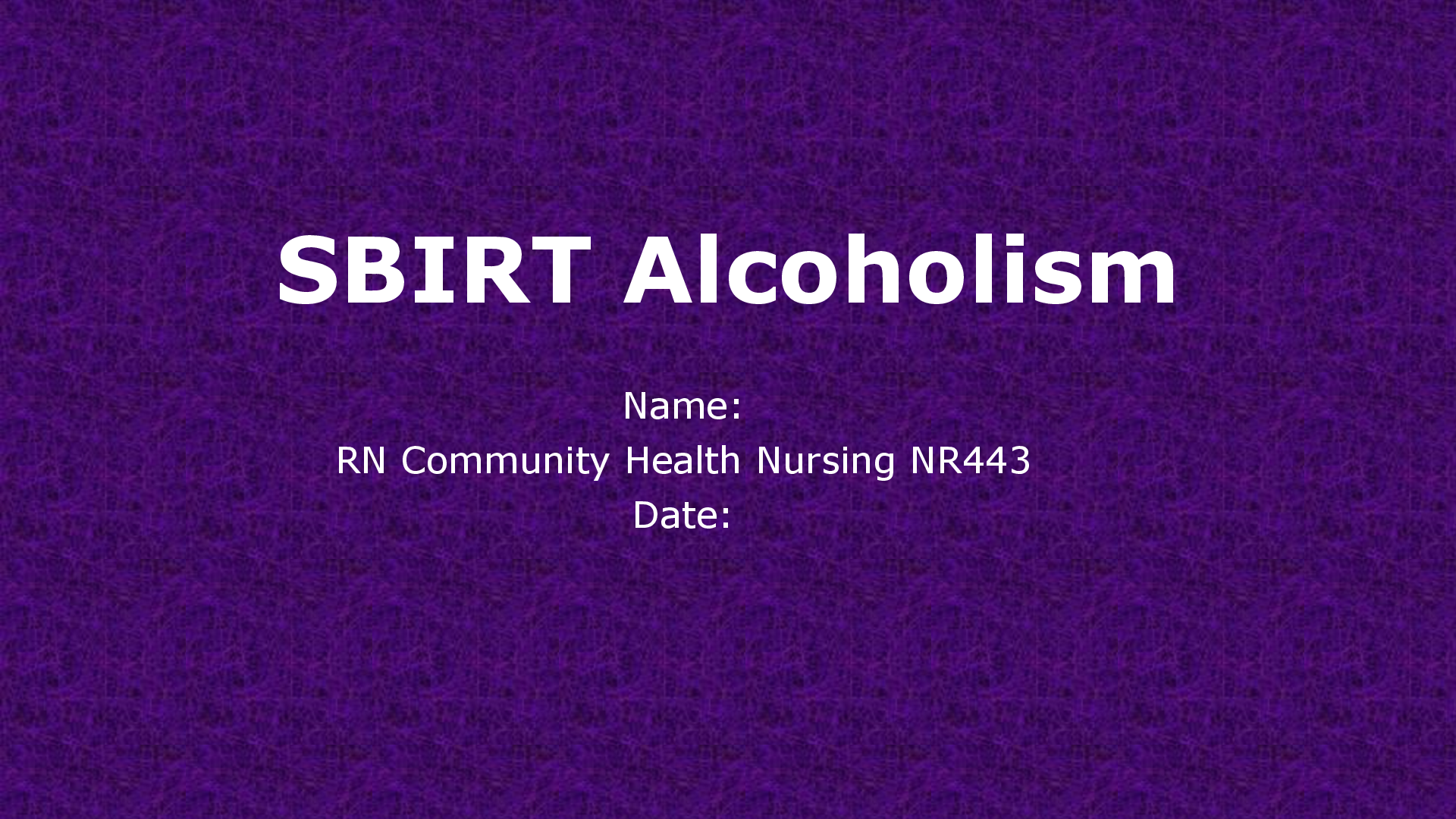
 (1).png)


